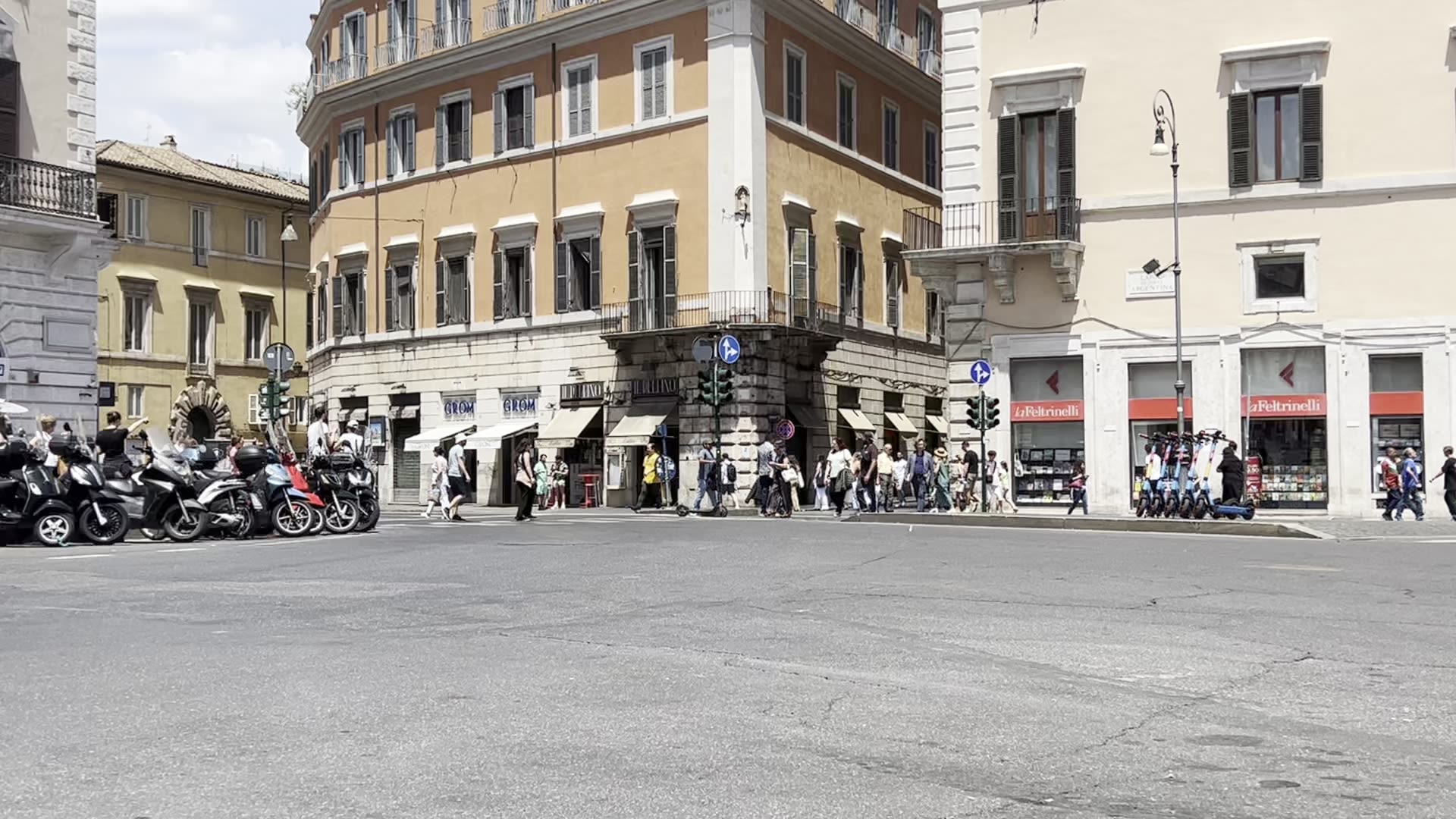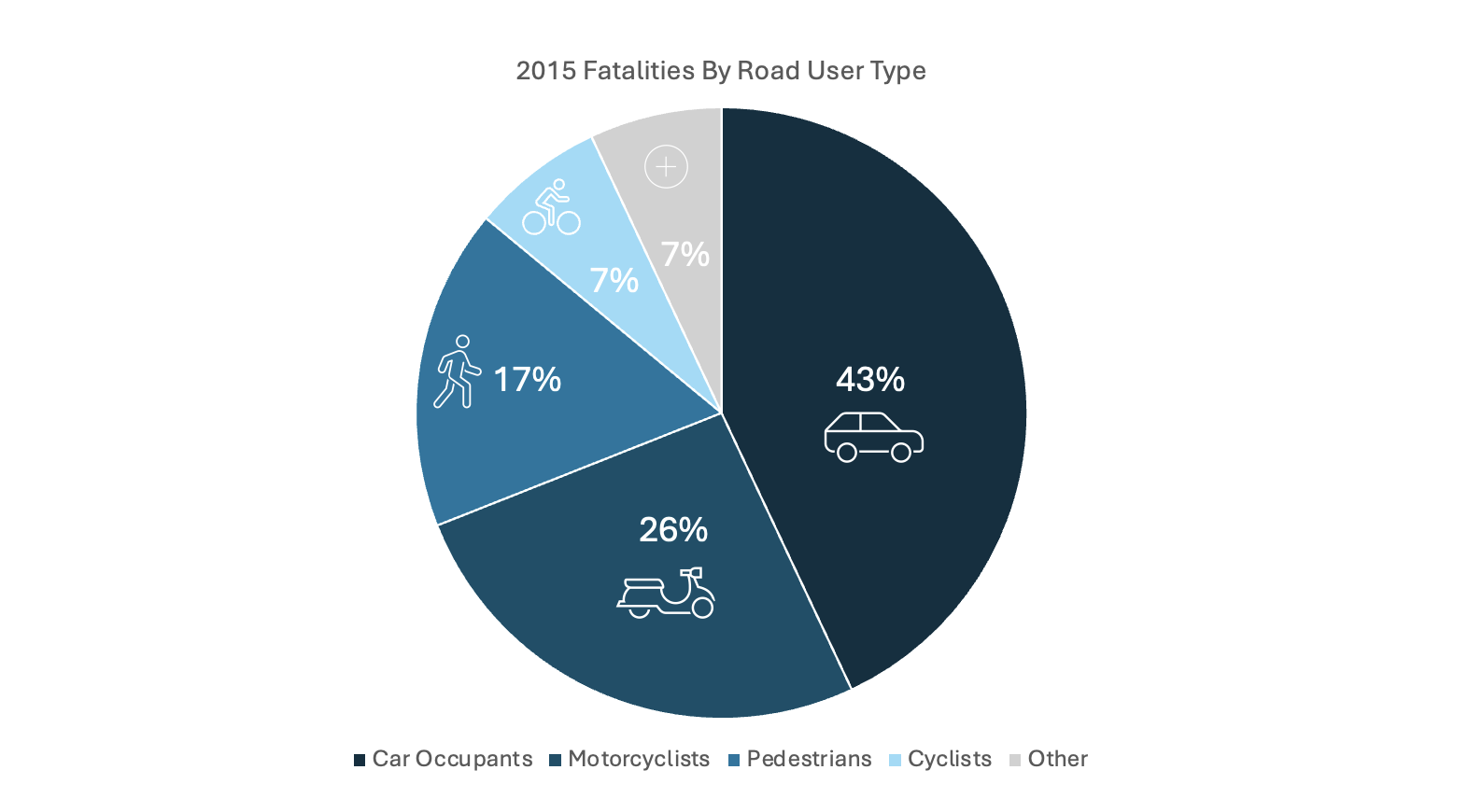Safety & Traffic On the Streets of Rome
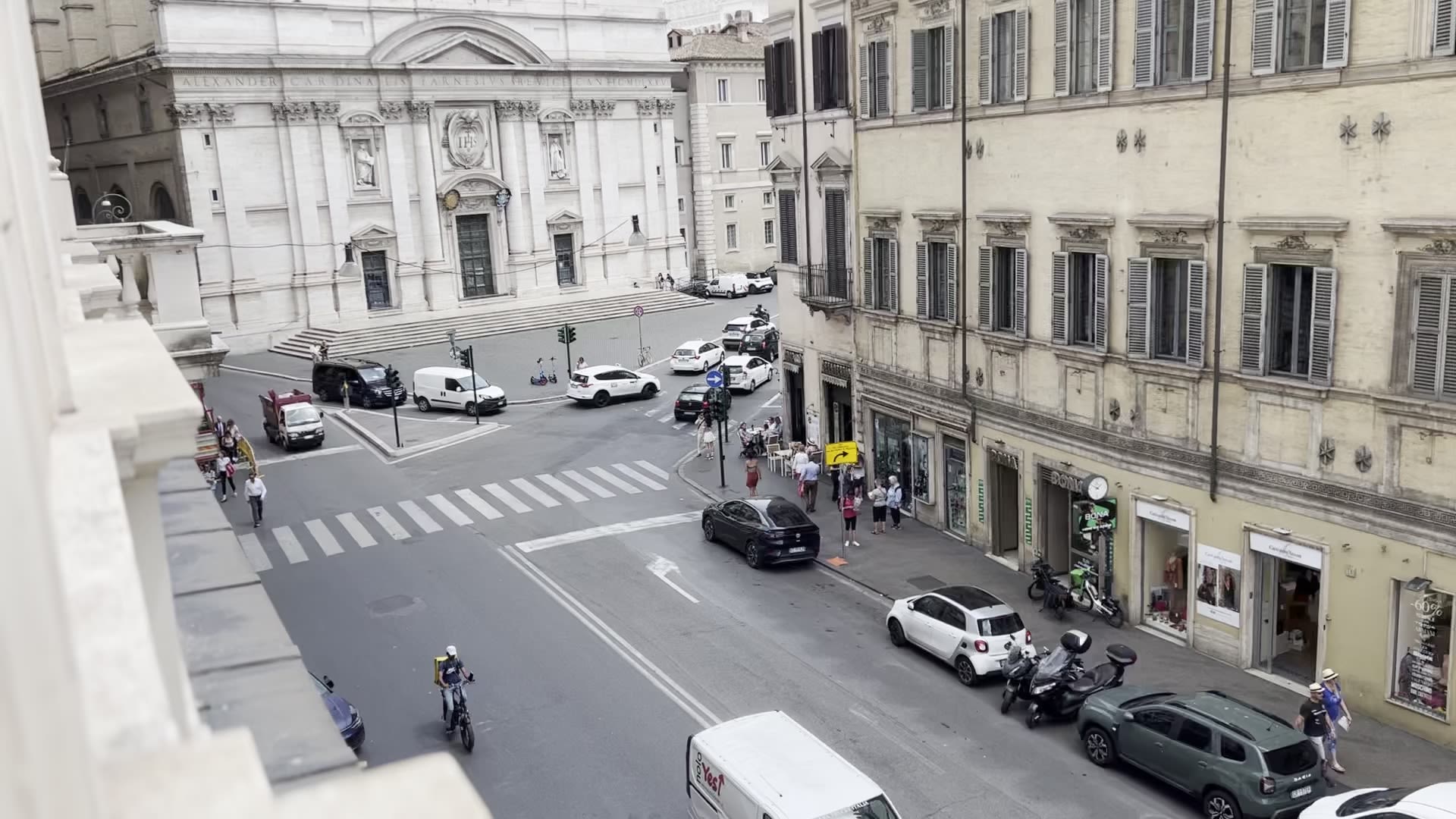
Safety for Pedestrians
The roads of Rome are idyllic and beautiful, but they can be intimidating for a pedestrian to navigate if one is not aware of some key elements of safety. The traffic not only tends to rush like river—with cars steadily darting by and scooters intermittently weaving through them—but many streets were built several centuries ago and are devoid of sidewalks. To a pedestrian who is not from Rome, the roads can seem dizzying and almost impossible to cross. However, knowing a few important rules allows one to see and safely participate in the delicate dance that otherwise may look like chaos.
Zebra crosswalk, shot by Alexa Cervo
Zebra crosswalk, shot by Alexa Cervo
One important element of safety for pedestrians is to use “Zebra” crosswalks or crosswalks with lights when crossing the street. Zebra crosswalks are usually marked with several parallel white stripes stretching from one side of the street to the other, much like a standard crosswalk one might see in the United States. Though, it is important to be very careful when using either type of crosswalk, because not all cars and scooters will yield to pedestrians. In fact, it is quite unusual for a car to stop for a pedestrian if they are not actively trying to make their way across the street. It is for this reason that in Rome, one should try to make eye contact with drivers, or signal them with their hand, to alert drivers that they are going to walk out in front of them. Angela Corrias, a travel journalist with a focus on Rome, spoke on how she crosses the street, saying,
"...Even if I’m in the pedestrian stripes, I never just go and cross. I stop, I make sure the driver sees that I’m crossing, then I start. Then, in the middle, I stop again because there’s the other second lane or second half of the road and i want to make sure that the other drivers also see me."
This bit of acknowledgment is customary, and it can ensure that drivers understand the pedestrians’ intentions.
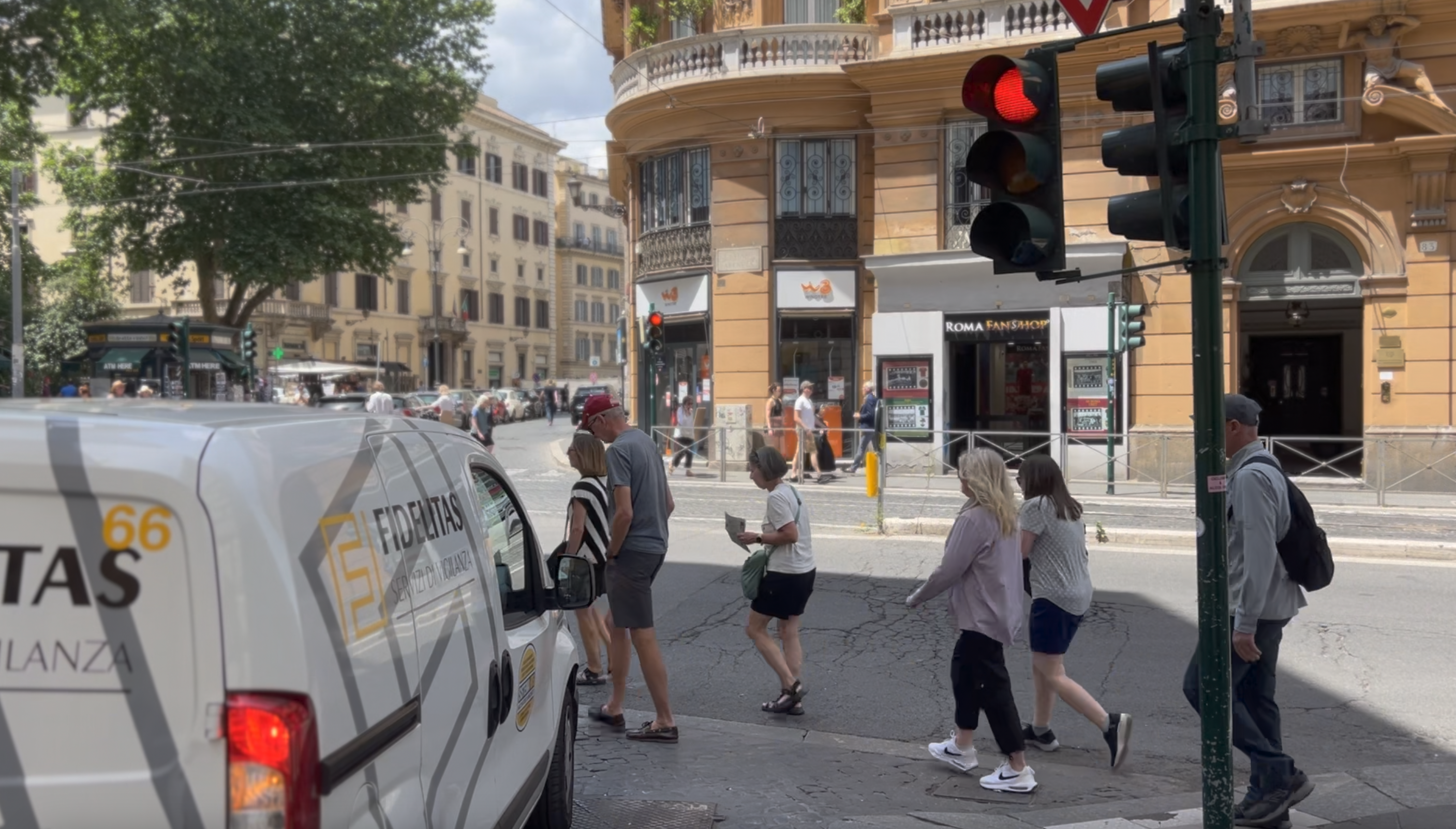
Pedestrians crossing an intersection, photo by Alexa Cervo
Pedestrians crossing an intersection, photo by Alexa Cervo
Another important element of pedestrian safety is remaining alert and decisive when walking along the street or trying to cross it. If one is unaware or not a witty decision maker, they can easily get hit by a scooter or smart car trying to snake around traffic. Further, they can confuse drivers if they get scared and suddenly change directions, heightening the chance of causing an accident.
“They don’t pass always on the right side, or park. We park… very wide… in the double row. Yeah the roads are not really (for) driving, not really organized entirely,” says Corrias.
Lastly, one must always be apprehensive of their footing because most of the streets are made of cobblestone, which makes it easier to trip and fall, twisting an ankle or worse, if one is not mindful of the terrain.
Pedestrians Take On Safety In Rome:
Tourists Francesca Bianco (Milan), Kelley Jordan (Nebraska), and Francis Britton with Alisha Baldev (England) share their thoughts on Roman roads throughout the city.
Tourists Francesca Bianco (Milan), Kelley Jordan (Nebraska), and Francis Britton with Alisha Baldev (England) share their thoughts on Roman roads throughout the city.
Biker & Scooter Safety
Driving a motorcycle or Scooter in Rome can be a convenient way get around, beat the traffic, and save some money on taxis or Ubers, but they can also be dangerous as well if one is not careful. To drive a motorcycle or scooter safely in Rome, it is crucial to adopt some important safety practices. For example, always wearing a helmet is crucial when riding, not just because it is required by law—which it is—but the uneven roads, the high traffic, and pedestrians regularly crossing, increase the risk of accidents, especially for people who are not familiar with driving there. Similarly, for these same reasons, it is also important to stay alert and be a defensive driver. In Rome, it is not uncommon for cars, buses, and other scooters and motorcycles to suddenly switch lanes to navigate traffic, and if one is not driving defensively, they can get sideswiped by a quickly turning vehicle, or potentially run into the back of one that is unexpectedly breaking.
Narrow Cobblestone Street, shot by Alexa Cervo
Narrow Cobblestone Street, shot by Alexa Cervo
Additionally, it is important to be aware of the cobblestone streets, which cannot only be very slippery when they are wet but can also be challenging to drive on for two-wheeled vehicles. Unlike concrete roads which are generally flat and smooth for motorcycles or scooters to traverse, the rounded shape of the cobblestones can make the road services somewhat precarious or challenging for people who aren’t used to them. This is why when taking a turn, one needs to be particularly mindful, slowing their speed to reduce the risk of slipping or allowing the bumps to distract them. Lastly, unlike in the case of pedestrian safety—where doing what the Romans do may help one learn how to safely cross the street—cutting between traffic or zipping around it like many Romans do on their two-wheeled vehicles can be very dangerous, even when one is familiar with traffic, let alone when someone is not. Simply put, to be safe, wear a helmet, keep it slow, and always stay alert.
To avoid accidents and have an easy commute, Ms. Corrias recommends using public transportation. She says, "I suggest relying on trains, metro, and tram because the tram has its own platform so it doesn't go in the middle of the traffic... also buses have their own lanes but not as much as trams, so buses often get stuck in traffic." Overall, one of the best ways to stay safe is to do as the Romans do. In other words, watch and learn how the local’s safely move through traffic, and when first trying a hand at it, cross with them if possible.
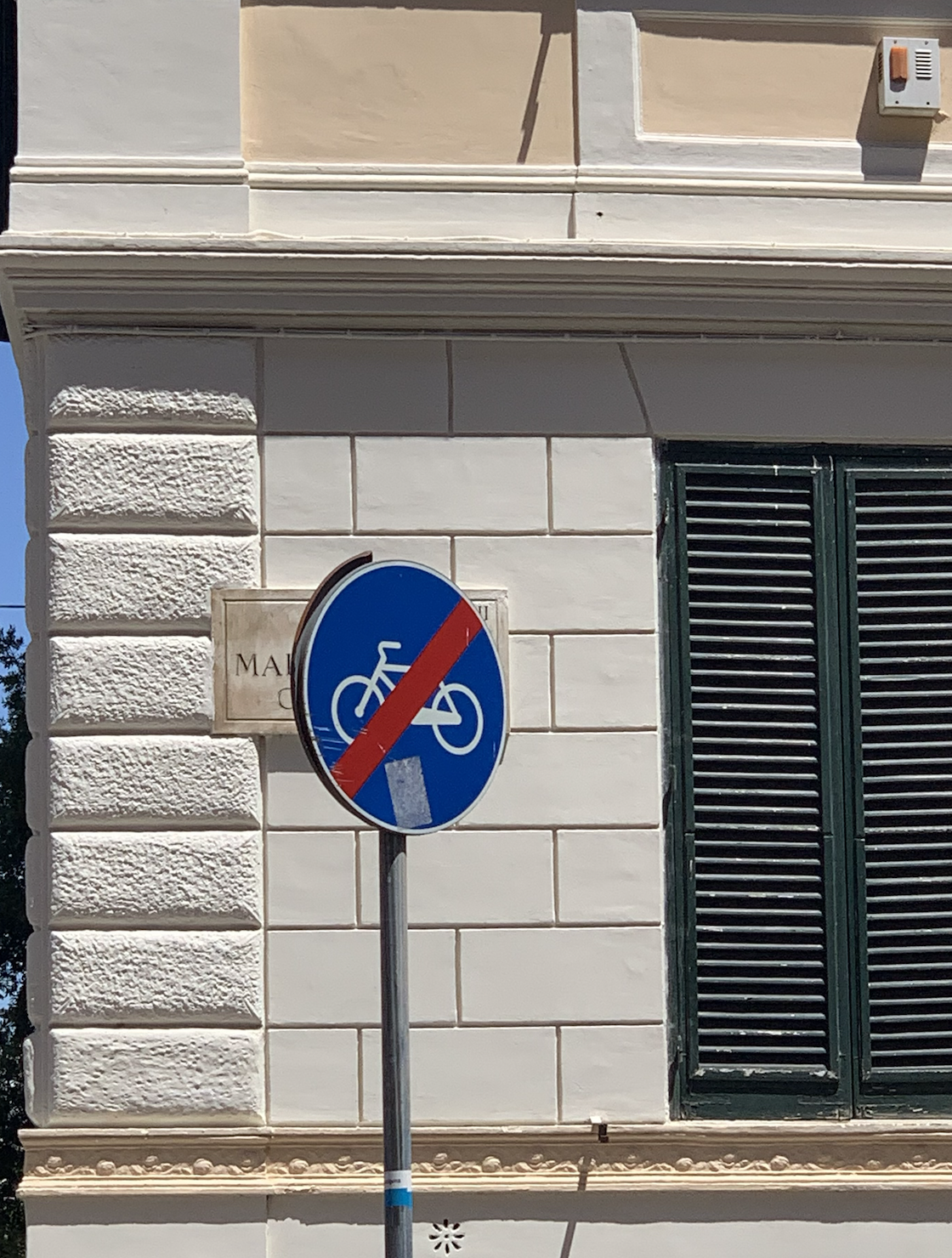
No bikes sign, photo by Lexmia Ozuna
No bikes sign, photo by Lexmia Ozuna
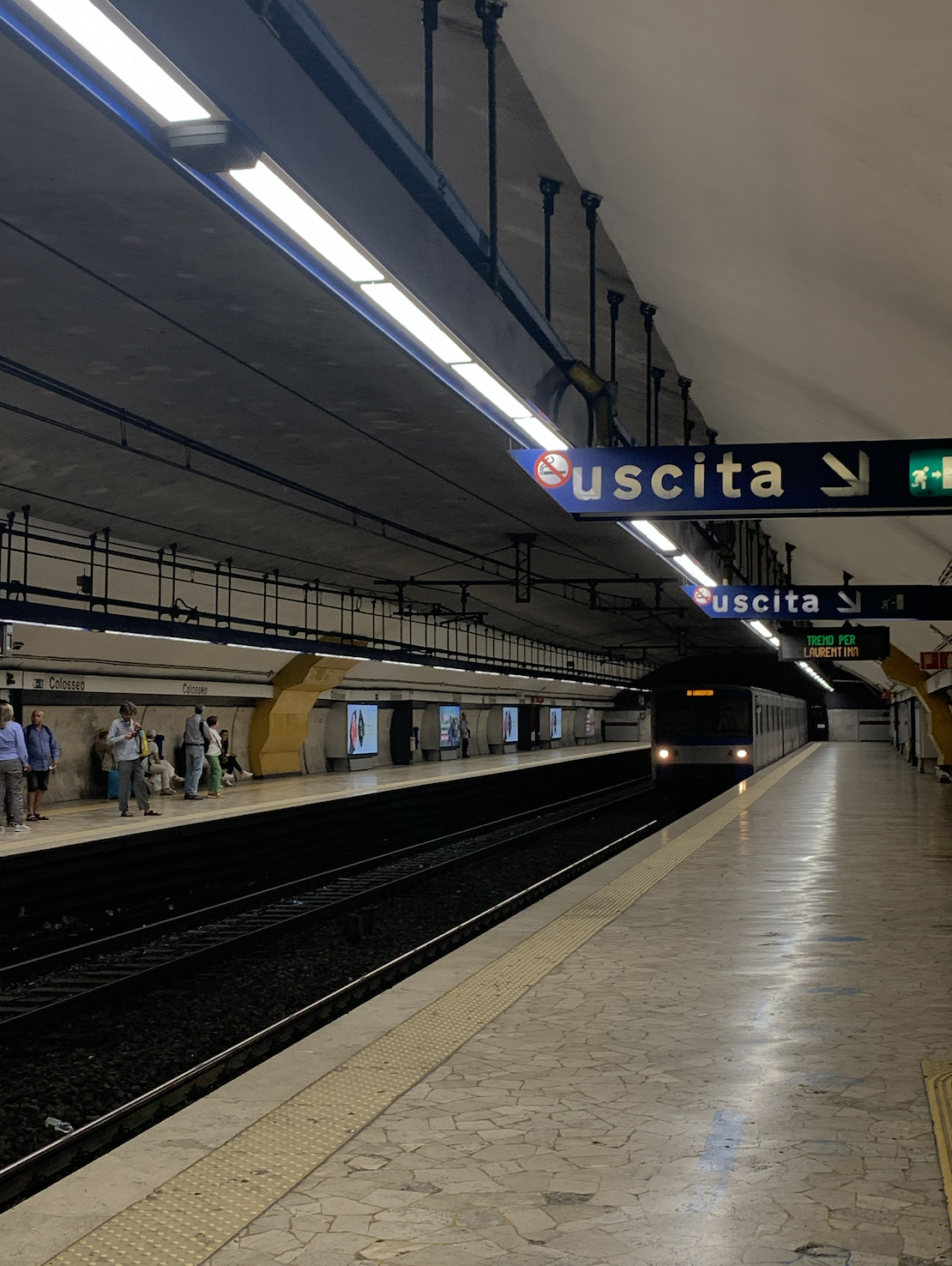
Inside the Metro, photo by Lexmia Ozuna
Inside the Metro, photo by Lexmia Ozuna
Driving in Rome's City Center
The city center of Rome is full of ZTL zones, "zona traffic limitato" or "limited traffic zones." This means that those specific roads are inaccessible to private vehicles unless otherwise noted with a special permit.
The only vehicles allowed are taxis, vehicles with disability placards, and residents who live or work in the area. “If you live in the city center than yes, you have the permission (to drive) because it’s your house. If you need to go somewhere you need a car” said Correas. “But me since I don’t live (there)… only on Sunday, I can drive in the city center.”
Car Accident Rates
Scroll over data to see specific information or filter through the "enter series to show" button. -Data for 2023 has yet to be released.
While it is difficult to ascertain the statistic of car accident rates in Rome over the last ten years, an estimation can be provided. The World Health Organization's Global Status Report on Road Safety 2023, global efforts, including those in Rome, have aimed to reduce road traffic deaths and injuries (World Health Organization) Based on the recollected data, this seems to have had some positive impact on reducing accidents and fatalities (National Highway Traffic Safety Administration). According to a study at Nova News, Lumsa University analyzed traffic police reports from 2019 to 2021 finding that Rome faces alarming road safety issues. The data suggests that there is an average of three accidents per hour and one road fatality every three days, totaling 77,483 accidents and 310 deaths over the period.
Over the past ten years, car accidents in Rome, Italy, have shown varied trends with oscillations over time. Below is the overview of the rates from 2014 to 2023:
• 2014: There were approximately 173,892 road accidents in Italy, with 3,381 fatalities and 248,474 injuries (ArcGIS StoryMaps).
• 2015: Accidents slightly decreased to around 173,892, with fatalities at 3,428 and injuries numbering 246,050 (ArcGIS StoryMaps).
• 2016: A similar trend continued with 175,791 accidents, resulting in 3,283 deaths and 249,175 injuries (ArcGIS StoryMaps).
• 2017: This year saw 174,933 accidents, 3,378 fatalities, and 246,750 injuries (ArcGIS StoryMaps).
• 2018: There were 172,553 accidents, leading to 3,334 deaths and 242,919 injuries (ArcGIS StoryMaps).
• 2019: Accidents decreased to 172,183, with fatalities at 3,173 and injuries at 241,384 (ArcGIS StoryMaps).
2020: Due to the COVID-19 pandemic, road accidents dropped significantly to 118,298, with 2,395 deaths and 159,249 injuries (ISTAT) (ISTAT).
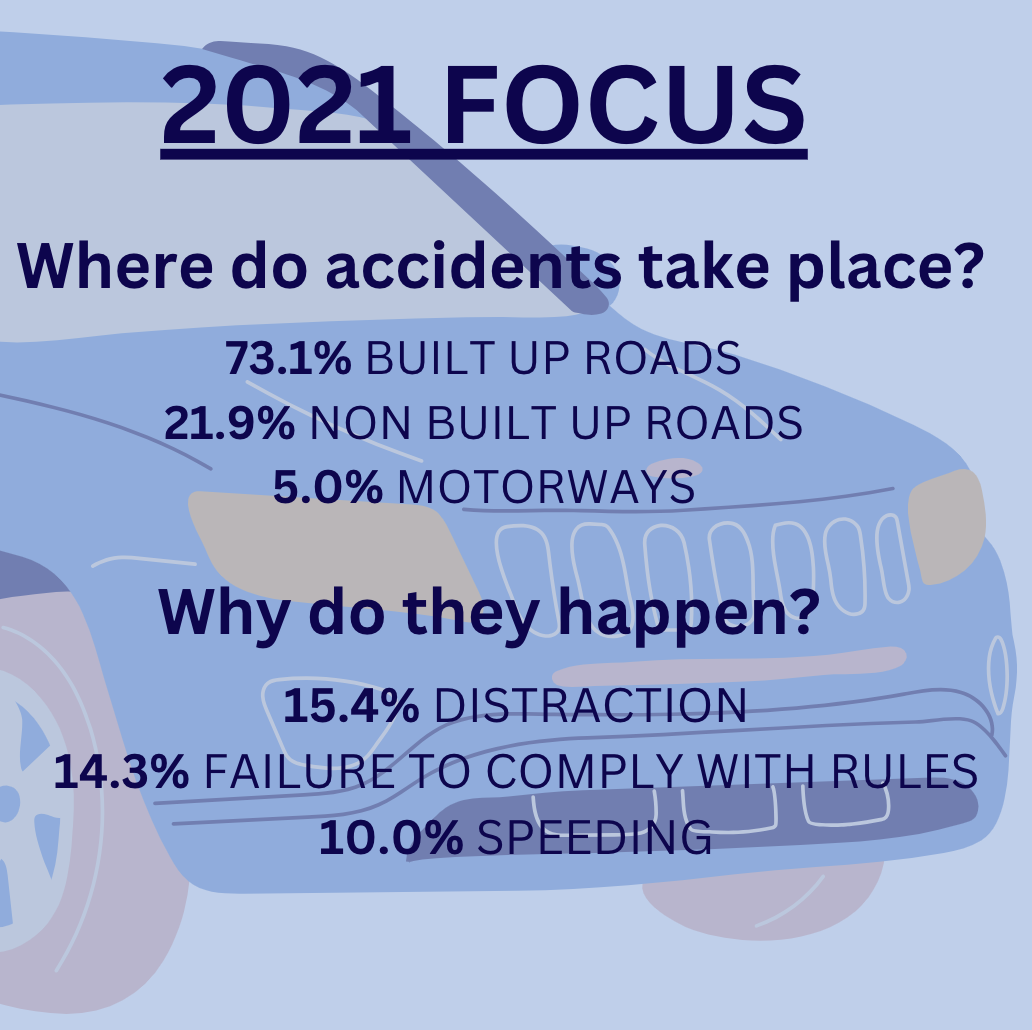
• 2021: With restrictions easing, accidents rose to 151,875, resulting in 2,875 fatalities and 204,728 injuries (ISTAT).
• 2022: There were 165,889 accidents, a 9.2% increase from 2021, with 3,159 fatalities and 223,475 injuries (ISTAT).
• 2023: Preliminary estimates indicate around 79,124 accidents in the first half of the year, showing a slight decrease of 1.0% compared to the same period in 2022 (ISTAT) (ITF).
While Rome has seen significant trends in car accident rates, they reflect the general patterns in across Italy. Some of the mitigating causes of these traffic accidents in Rome include:distractions, speeding, and failure to respect traffic rules, which together accounted for around 40% of all cases (ISTAT, 2021). However, in recent years there has been a rise in accidents involving electric scooters, increasing from 564 in 2020 to 2,101 in 2021 (ISTAT, 2021).
To an outsider, Rome’s urban area is a complicated jumble of gridded roads with piazzas intertwined. The roads are a mix of concrete and old cobblestone that are walked on by people who have to move out of the way as cars cruise down. In the city, there are few stop signs, which makes crossing the streets filled with cars, trams, scooters, buses, and motorcycles difficult, as they drive fast and swerve around each other. While pieces of the Ancient Roman Empire are evident in the city because of its ancient ruins, some of the roads provide pieces of history.
The Roman Empire (27 BC - 476 AD) was largely successful because of its road system connecting Rome to Africa, Asia, and the rest of Europe. According to Engineering Rome, it provided easy movement of people and goods while increasing interregional trade. The Itinerary of Antonine (150 A.D.) is a listed collection of 372 roads and routes with their mileage and paces. The collection has some errors, but it gives a full idea of the extent of the construction of ancient Roman roads. The military roads connecting the city to others and provinces add 52,016 miles to the range. The Empire’s largest extent of roads belonged to Italy, with 13,024 miles of roads that belonged to and maintained by the state, according to the Georgia Institute of Technology.
According to Engineering Rome, Rome is one of the first cities to create a large roadway system. It is estimated that the city’s first road was built in 31 BC. The three main city planning types are compact (mixed-use buildings, promotion of pedestrians and public transport), polycentric (an interconnected system of individual functions), and sprawl (few residents in a home on large plots of land). Rome can fit any of these categories with its size and different density areas.
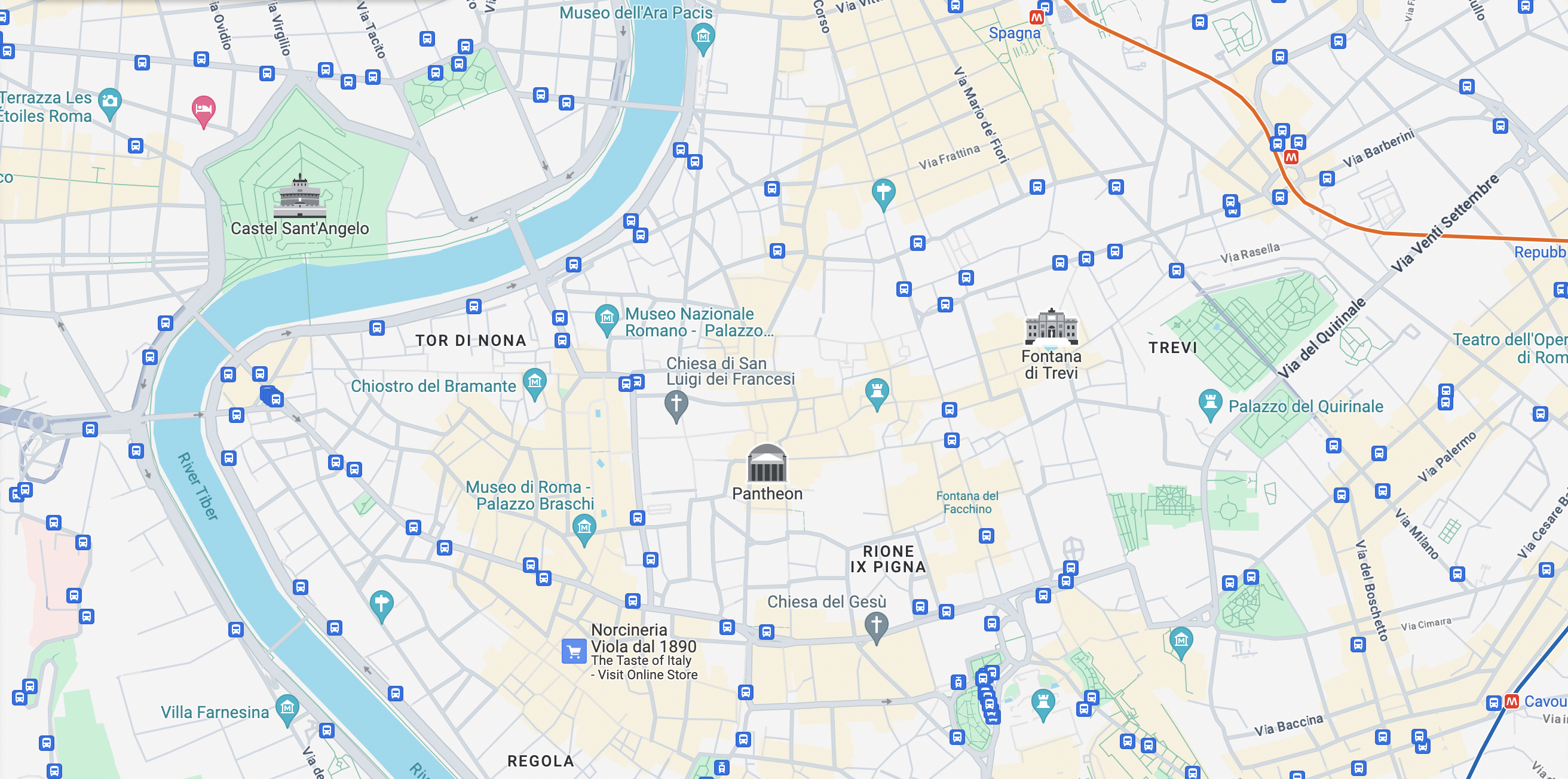
Rome is a thriving city with several modes of transportation that transports over two million people daily which can be overwhelming as a pedestrian or vistor. But the key to getting around whether on foot or in a vehicle is being aware of your surroundings. A primary cause for accidents is distraction. Thus, being a keen individual who moves with conviction is essential pedestrian safety. Anyone can thrive in Rome so long as they utilize safe practices when walking or driving.
